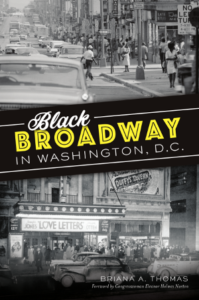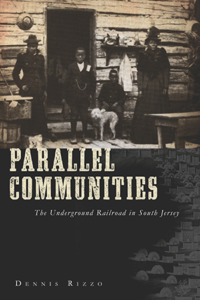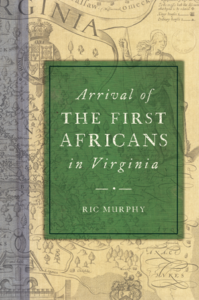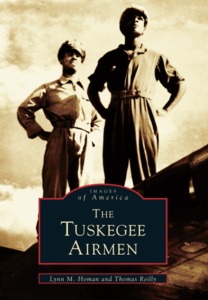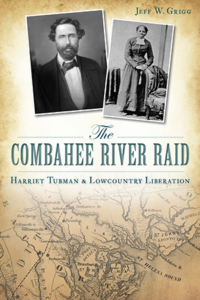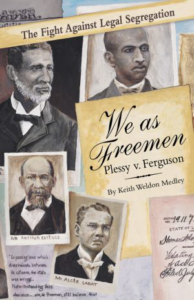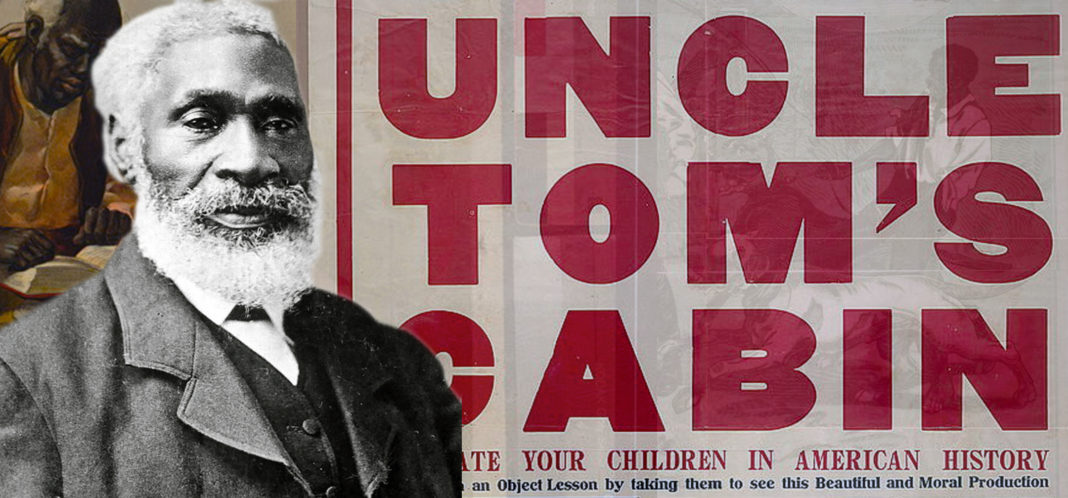
It may surprise you to know that the basis for Harriet Beecher Stowe’s novel Uncle Tom’s Cabin was not only social commentary. There is a real person underpinning the tale: Josiah Henson.
Josiah Henson was born into slavery in La Plata, Maryland, and auctioned off as a child to pay for his owner’s debts. Many years later, he daringly escaped to Canada with his wife and children.
While Henson ended up publishing a bestselling autobiography, today he’s best known for someone else’s book: Henson was immortalized as the inspiration for the title character in Harriet Beecher Stowe’s Uncle Tom’s Cabin.
Yet the real story of his escape is more moving, and more harrowing, than anything one could put in fiction.
Planning the escape

Historic Site.
Henson believed that if he was to be free, then his wife, Charlotte, and their children must also be free. In 1830, while living on a plantation in Kentucky, Henson developed a plan, but when he confided his intentions to his wife, she was terrified, saying, “We shall die in the wilderness, we shall be hunted down with bloodhounds; we shall be brought back and whipped to death.” Her fears were not exaggerated; those were the experiences of many escapees.
After a long night of entreaties and arguments, he left for work in the morning, only to hear Charlotte call him back to say she and the children would flee with him. That was on a Thursday, and Henson decided to leave on the following Saturday. The most common time for the enslaved to run away was Saturday after work. Because Sunday was not a workday, they might not be missed until Monday morning, giving them a little over a day’s head start before their absence was noticed.
Henson’s cabin was near the river’s landing, another advantage in quickly escaping across the Ohio River. The major difficulty would be transporting four children, especially the two youngest, two-year-old Peter and three-year-old Josiah. Henson had devised a plan—he would carry them on his back to Canada, a distance of about five hundred miles. He had asked Charlotte to sew a large bag made of tow cloth with sturdy straps for his shoulders. To prepare for the trip, he practiced walking at night carrying Peter and Josiah in the sack. The two older children, Tom and Isaac, would walk with Charlotte.
Related: 10 Unsung Black Heroes >>>READ NOW>>
One complication remained: the couple’s oldest son, Tom, lived in slaveowner Amos Riley’s house. Henson had to gain Riley’s permission for Tom to leave the house so the entire family would be able to flee. On Saturday, Henson went to Riley’s house and reported on his work, as usual. As he left, he seemed to suddenly recall something; he turned and told Riley that his wife had asked if Tom could come home for a few days so she could “mend his clothes and fix him up a little.” The request seemed so innocuous that Riley didn’t hesitate to give permission for Tom to leave.
Crossing the river
That night, they set out on the first leg of their journey, across the Ohio River from Kentucky to Indiana.
The night was dark and moonless, which increased their chance of crossing the river undetected. The man rowing the skiff, another of Riley’s enslaved whom Henson had persuaded to help them, was nervous and asked, “It will be the end of me if this is ever found out; but you won’t be brought back alive, Sie, will you?” Henson assured him that he did not intend to be brought back, but that even if he was captured, he would never, under any circumstances, reveal the name of the man who had helped the family set off on their journey to freedom. That rower later also made his way to freedom in Canada, and Henson said that they often discussed that night on the river.
From Southern Indiana, they headed northeast to Cincinnati, Ohio. The family continued to walk for two weeks, Henson carrying the two younger children on his back and his wife walking with the older two. They walked on a road at night, ducking into a hiding place if they heard a horse or a vehicle approach. During the day, they stayed hidden deeply in the woods.
They were only a two-day walk from Cincinnati when they ran out of food. Exhausted and hungry, the children cried all night, and Charlotte reproached Josiah for leading them into such a wretched situation. Henson said that had he been alone, he would have weathered the hunger and exhaustion rather than leave his hiding place, but he had an obligation to care for his wife and children. He, too, was exhausted, and his back and shoulders were rubbed raw from carrying the children. Moreover, whenever he slept, he would awake suddenly, his heart pounding, thinking that dogs and slave catchers had discovered them.
In search of food
To feed his family, Henson had to leave his hiding place and go out on the open road. To allay suspicions that he was a runaway, he headed south. At the first two houses where he stopped to ask if he could buy food, he was rudely turned away by men who said they would never offer any help to a black person. At the third house, the man also refused to sell him food, but his wife intervened, arguing that she would feed a hungry dog and that their children might sometime need the help of a stranger.
The woman refused his money and supplied him with venison and bread. Because the venison was so salty, the children became thirsty. Henson went in search of water, breaking bushes as he went so he wouldn’t get lost. He finally found a stream and drank. When he tried to carry water back in his hat, it leaked. His solution was to rinse out his shoes and use them to carry water back to his family.
Later in life, he reminisced about that night, saying, “I have since then sat at splendidly furnished tables in Canada, the United States, and England; but never did I see any human beings relish anything more than my poor famishing little ones did that refreshing draught out of their father’s shoes.”
Safety and celebrity
After walking for two more nights, the family reached Cincinnati. For the first time, Henson felt relatively secure. He was in a free state, and he had contacts who would help him along his journey. Before walking into town, he hid his wife and children in the woods. After he found his friends, who welcomed him into their safe house, he returned to the woods just before nightfall and retrieved his wife and children.
There was still a long journey ahead of them before they would reach Canada. In that country, Henson would establish a settlement and school for fugitives and repeatedly return to the United States to help lead others to freedom along the Underground Railroad. He would publish his book and become a popular preacher, lecturer, and international celebrity.
But before all that, he had to escape — with his family. As he put it when remembering his arrival in Cincinnati, “Two weeks of exposure to incessant fatigue, anxiety, rain, and chill, made it indescribably sweet to enjoy once more the comfort of rest and shelter.”
Learn more in Uncle Tom’s Journey from Maryland to Canada by Edna M. Troiano:

Uncle Tom’s Journey from Maryland to Canada: The Life of Josiah Henson
By Edna M. Troiano
Josiah Henson was born into slavery in La Plata, Maryland, and auctioned off as a child to pay his owner’s debt. After numerous trials and abuse, he earned the trust of his slaveholder by exhibiting intelligence and skill. Daringly, he escaped to Canada with his wife and children. There he established a settlement and school for fugitives and repeatedly returned to the United States to help lead others to freedom along the Underground Railroad. He published a bestselling autobiography and became a popular preacher, lecturer, and international celebrity. He is immortalized as the inspiration for the title character in Harriet Beecher Stowe’s Uncle Tom’s Cabin. Author Edna M. Troiano recounts the amazing life of Maryland’s Josiah Henson and explores the sites devoted to his memory.
More Black History Books from our Bookstore:


